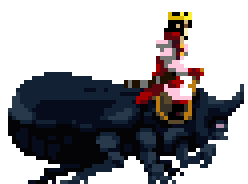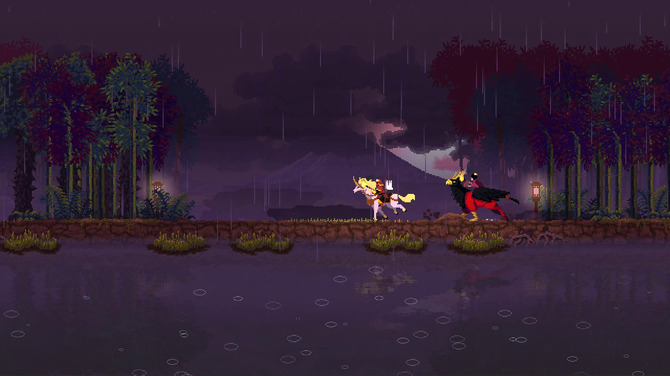


I like this concept: with the wealth of 3rd-party material out there, it's very hard to commit to purchasing a new sourcebook that several others don't do already. It acknowledges that there are many pseudo-medieval fantasy worlds on the market, so the Seven Secrets of Midgard are meant to be played up to make gaming sessions here feel like a truly different realm. Right from the outset, the Midgard World Book highlights several major aspects which set it apart from other settings. I'm not really one for fiction in sourcebooks, so I don't have much to say other than it demonstrates how a Midgard adventuring party can include more exotic options of races. The adventurers all contain character aspects from the setting, such as an undead ghoulish monk and a clockwork priestess undeterred by the cold blizzard sweeping over the land. Our book opens with some in-universe fiction by Wade Rockett, where a group of adventurers are on a quest to discover what troubles the World Serpent's sleep in order to save their city from an undescribed darkness. There's also a Player's Guide, Hero's Handbook, and Guidebook for Pathfinder, 5th Edition, and Swords & Wizardry systems to go together with the World Book as "sister supplements." The World Book is the one we're reviewing today as the owner of both it and the 2012 version, I'll do my best to illustrate the major geo-political differences whenever they crop up. As of 2018 it released a mostly system-neutral World Book which advanced 10 years from the original setting. To my knowledge, material for Midgard is available for the 3rd through 5th Editions of Dungeons & Dragons, Pathfinder RPG, 13th Age, Swords & Wizardry, and the AGE System. There were also crowd-funded "patronage projects" which acted as a sort of ur-KickStarter for fans.Ī proper campaign setting sourcebook was released in 2012 for Pathfinder/AGE System (Dragon Age/Blue Rose), but throughout its lifespan experimented with variant rulesets.

Over time more material was released for Midgard in Kobold Quarterly and Open Design, Baur's gaming periodical and publishing house respectively. Central and Eastern European folk tales served as major inspirations, and the initial products centered around a clockwork city that sat on the edge of foreboding forest (which may or may not have a mind of its own).

The first glimpses utilized evocative world-building. But unlike a lot of similar long-running projects which often turn into humanocentric low-fantasy, Midgard distinguished itself among the pack. The Midgard campaign setting is the brainchild of Wolfgang Baur, a world he's developed for his home campaigns since he was 14 years old. I'm still riding the writer's high from my Northlands review, so I'm striking while the iron's hot to cover another realm of which I have a great passion.


 0 kommentar(er)
0 kommentar(er)
